Why Central Air is the Ultimate Home Comfort Solution
Central air conditioning systems are the gold standard for whole-home cooling. They use a network of ducts to distribute cool, dehumidified air throughout your house, providing consistent temperatures in every room while keeping noisy equipment outside.
Key Benefits of Central Air:
- Whole-home comfort - Cools every room evenly
- Energy efficiency - More cost-effective than multiple room units
- Quiet operation - Main components stay outside
- Better air quality - Filters and dehumidifies air
- Increased home value - Attractive feature for buyers
A typical central air conditioner lasts about 15 years, but modern ENERGY STAR certified units are about 15% more efficient than standard models, saving you money while keeping you comfortable. These systems can consume over 2,000 kilowatt-hours of electricity annually in an average home, making efficiency a top priority.
I'm Bill Scott, and with over 15 years in the HVAC industry, I've helped thousands of Pittsburgh-area homeowners find the perfect central air solution. Through Smart Climate Solutions, I've seen how the right system transforms a home's comfort and efficiency.
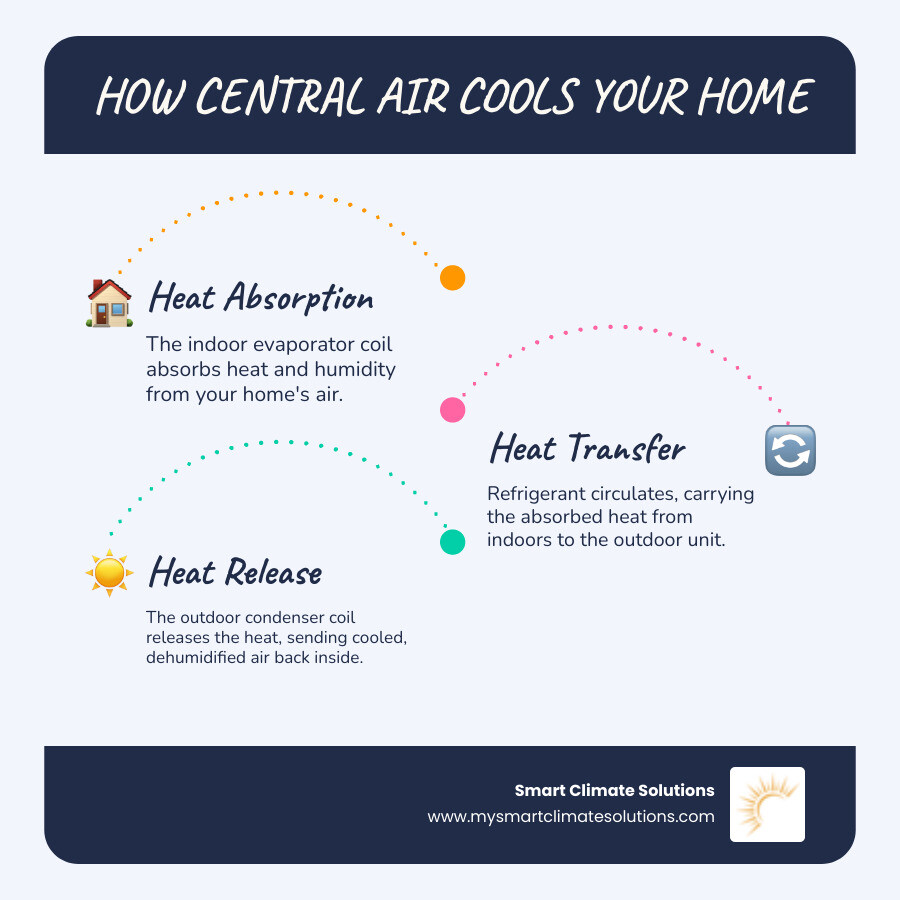
How Central Air Works: The Science of Cool
At its core, central air conditioning is a marvel of heat transfer. It doesn't create cool air; rather, it removes heat from inside your home and releases it outside, leaving you with comfortable, conditioned air. This process also significantly helps with dehumidification, pulling excess moisture from the air, which is crucial for comfort in humid climates like ours in Pittsburgh.
The Key Components
A typical central air system is usually split into two main sections: an outdoor unit and an indoor unit, connected by refrigerant lines and a network of ducts.
- Outdoor Unit: This is the part you see outside your home. It houses the condenser coil and the compressor. The compressor is the heart of the system, responsible for circulating the refrigerant and raising its temperature and pressure. The condenser coil releases the heat absorbed from your home into the outside air.
- Indoor Unit: Typically located in a basement, attic, or utility closet, the indoor unit consists of the evaporator coil and the air handler (which includes the blower fan). The evaporator coil is where the refrigerant absorbs heat from your indoor air. The blower fan circulates air over the evaporator coil and then pushes the cooled air through your home's ductwork.
- Refrigerant Lines: These copper lines connect the outdoor and indoor units, allowing the refrigerant to flow back and forth, transferring heat.
- Supply and Return Ducts: This is the circulatory system of your central air. Supply ducts and registers deliver the cooled air to each room, while return ducts pull warmer indoor air back to the indoor unit to be re-cooled.
- Thermostat: Your thermostat acts as the brain of the system, sensing the indoor temperature and signaling the central air unit to turn on or off to maintain your desired comfort level.
The Cooling Process Step-by-Step
Understanding how these components work together can help you appreciate the efficiency of your central air system:
- Thermostat Signal: When your indoor temperature rises above your thermostat setting, it sends a signal to the central air system to begin the cooling cycle.
- Refrigerant Circulation: The compressor in the outdoor unit pressurizes the refrigerant, which then flows to the indoor evaporator coil.
- Heat Absorption at Evaporator Coil: As the warm, humid air from your home is pulled into the indoor unit by the blower fan, it passes over the cold evaporator coil. The refrigerant inside the coil absorbs the heat from the air, causing the refrigerant to turn from a liquid into a gas.
- Moisture Removal: As the air cools, the moisture in it condenses on the cold evaporator coil, effectively dehumidifying your indoor air. This water then drains away through a condensate line.
- Blower Fan Distribution: The now-cooled and dehumidified air is pushed by the blower fan through the supply ducts and out into your home's various rooms via registers.
- Heat Release at Condenser Coil: The gaseous refrigerant, now carrying the heat from your home, travels back to the outdoor unit's condenser coil. Here, the heat is released into the outside air, and the refrigerant changes back into a high-pressure liquid.
- Continuous Cycle: This cycle repeats until your home reaches the desired temperature set on your thermostat. This continuous process ensures consistent, comfortable cooling throughout your entire home.
Choosing the Right System for Your Home
Choosing the right central air system isn't a one-size-fits-all decision. The best system matches your home, budget, and comfort goals.
Several key factors shape this decision, including your home's size, Pittsburgh's climate with its hot, humid summers, and your budget. Your budget should account for not just the upfront cost, but also the long-term energy savings from a higher-efficiency unit.
Long-term efficiency is key. A high-efficiency unit may cost more initially but often saves money over time through lower utility bills, a longer lifespan, and fewer repairs.
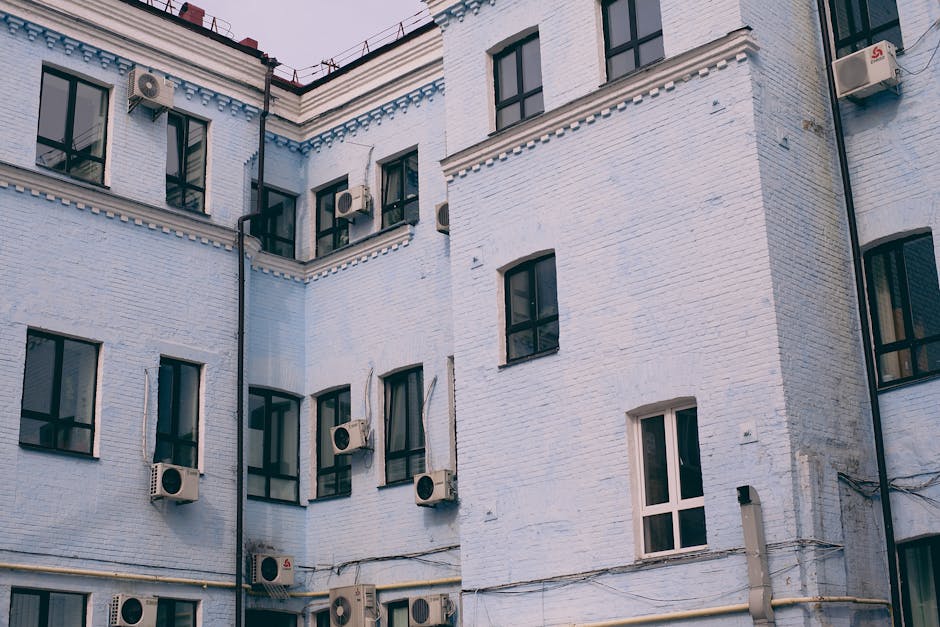
Types of Central Air Conditioners
Homeowners typically choose between two main central air system types:
Split-system units are the most popular choice. They place the noisy compressor and condenser outside while the evaporator coil and air handler remain indoors, often with your furnace. This is ideal for homes with existing ductwork and space for an indoor unit.
Packaged units house all major components in a single outdoor cabinet. These are ideal for homes without space for an indoor unit, offering simpler installation and maintenance.
| Feature | Split-System | Packaged Unit |
|---|---|---|
| Installation | Requires indoor and outdoor space; often uses existing furnace | All-in-one; ideal for homes without indoor utility space |
| Space | Indoor unit often in basement/attic; outdoor unit outside | Single outdoor unit (ground or rooftop) |
| Efficiency | Generally higher SEER options available, more flexible | Can be efficient, but design might limit highest SEER options |
| Noise | Quieter indoors as major components are outside | Can be slightly louder outdoors due to all components in one unit |
For complex installations, especially in multi-family buildings, we offer specialized HVAC Solutions for Residential Apartments that address unique space and efficiency challenges.
Heat Pumps and Ductless Systems: What's the Difference?
Unlike traditional central air, heat pumps provide both heating and cooling from a single, year-round system.
Heat pumps work like central air conditioners in summer, moving heat from inside to the outdoors. In winter, they reverse the process, extracting heat from outdoor air and bringing it inside, making them very energy-efficient for heating.
In climates like Pittsburgh's, heat pumps can struggle below 25 degrees, so they are often paired with a backup furnace for the coldest winter nights.
Ductless mini-split systems offer a different approach. They connect an outdoor unit to one or more indoor units, creating perfect zoned cooling for individual rooms. Ductless systems are perfect for homes without ducts, for room additions, or for creating temperature zones.
We can walk you through all the Residential Heating and Cooling Options available to find what works best for your situation.
Advanced Features for Modern Comfort
Modern central air systems offer advanced features for precise temperature control, energy efficiency, and quiet operation.
Compressor technology has evolved significantly. Single-stage compressors run at full power. Two-stage compressors have two speeds (e.g., 70% and 100%), allowing for more consistent temperatures and better humidity removal. Variable-speed compressors are the top technology, adjusting capacity anywhere from 25% to 100% for precise temperature control, superior humidity removal, and significant energy savings.
Humidity control is crucial during Pittsburgh's muggy summers. Advanced systems excel at pulling moisture from the air, letting you feel comfortable at a higher thermostat setting, which saves money.
Sound performance has also improved. Modern units use compressor sound blankets and special fans to minimize noise. The quietest units operate around 51 decibels-quieter than a refrigerator-making a huge difference if your unit is near a window or patio.
Decoding Efficiency: Sizing, Ratings, and Environmental Impact
Understanding central air efficiency is about saving money, protecting the environment, and ensuring comfort. An inefficient AC is like a gas-guzzling car-it costs you more to run, especially during a hot Pittsburgh summer.
Sizing Your Central Air System Correctly
Bigger isn't always better with central air. Proper sizing is critical for comfort, efficiency, and longevity.
Your system's cooling capacity is measured in British thermal units per hour (BTUs) or "tons"-where one ton equals 12,000 BTUs.
An oversized unit cools your home too quickly, shutting off before it can properly remove humidity. This results in a cold, clammy house and wears out equipment faster. An undersized unit will run constantly, struggle on hot days, and increase your energy bills.
That's why we perform a detailed Manual J load calculation for every installation. This isn't just about square footage; we consider your home's insulation levels, window types, ceiling height, and occupancy to determine your home's exact cooling needs.
This is the only way to ensure your central air system works efficiently. You can learn about ACCA's Manual J standard if you're curious about the technical details.
Understanding Energy Efficiency Ratings
Let's break down the key efficiency ratings for central air.
SEER (Seasonal Energy Efficiency Ratio) is like the miles-per-gallon rating for your AC. It measures cooling output over a season divided by the energy consumed. Higher numbers mean better efficiency.
The minimum SEER for new central air systems is 14. ENERGY STAR certified systems start at SEER 15, with top models reaching SEER 26 or higher. You'll also see SEER2 ratings, which use updated testing conditions. For both, higher is better.
EER (Energy Efficiency Ratio) measures efficiency at peak conditions, like a 95-degree Pittsburgh day. EER shows how the system performs when it's working hardest.
While higher-efficiency units have a higher upfront cost, they often pay for themselves through lower energy bills. You can explore ENERGY STAR certified models to see your options, and we offer comprehensive Energy Efficient Air Conditioning Systems to help you save.
Refrigerants and Smart Thermostats
The refrigerant in your central air system has evolved for environmental reasons.
Systems installed before 2010 likely use R-22 (Freon), an ozone-depleting substance phased out in 2020. Repairs on these older systems are increasingly expensive.
Most systems from the last decade use R-410A (Puron). While better for the ozone, it's a potent greenhouse gas. The industry is now transitioning to more eco-friendly options like R-454B and R-32.
If you have an R-22 system, it's time to consider an upgrade for both environmental and financial reasons.
Your thermostat is the hero of central air efficiency. Even the best system wastes money if not controlled properly.
Programmable thermostats let you set schedules to reduce cooling when you're away, cutting costs by about 10%.
Smart thermostats offer Wi-Fi connectivity and smartphone apps. You can control your central air from your phone, so you never come home to a stuffy house. Many learn your habits, use geofencing to detect when you're away, and provide detailed energy usage reports.
A simple tip for any thermostat: raising the temperature by 1 degree can save about 3% on your cooling bill.
Installation, Maintenance, and Troubleshooting Your Central Air
Your central air system is a major investment. Its performance and lifespan depend on proper installation and consistent maintenance.
The Critical Role of Proper Installation
Even the most efficient central air unit will underperform if not installed correctly. Professional installation is essential for efficiency, comfort, and safety.
Outdoor unit placement is key. The condensing unit needs proper airflow, so we ensure it has at least 2-3 feet of clearance from structures and 5 feet from trees above. We also locate it to minimize noise.
Ductwork design, sealing, and insulation are critical. Ducts must be properly sized using standards like ACCA Manual D. Leaky or uninsulated ducts can waste 20-30% of your cooling energy. We ensure all ducts are sealed and insulated, especially in unconditioned spaces like attics. Proper ductwork is so vital that we offer specialized HVAC Duct Installation services. Our HVAC Installation Services prioritize every detail for maximum efficiency.
Best Practices for Central Air Maintenance
Regular maintenance extends your central air system's life, maintains efficiency, and prevents costly breakdowns. Some tasks are DIY, while others require a pro.
Air filter replacement is the most important DIY task. A dirty filter restricts airflow, reducing efficiency. Check your filter monthly and replace it every 1-3 months (more often with pets or allergies).
Cleaning your outdoor unit is also simple. Keep the unit clear of leaves, grass clippings, and dirt to ensure proper airflow.
Professional tune-ups are essential. We recommend an annual tune-up in the spring. Our technicians clean coils, check refrigerant levels, inspect electrical connections, lubricate moving parts, clear the condensate drain, and test the entire system. An AC Maintenance Plan can save you money and extend your system's life.
Troubleshooting Common Central Air Problems
While some issues need a pro, you can troubleshoot some common problems yourself.
If your unit isn't cooling or has weak airflow, check the basics first. Ensure your thermostat is set to "cool" and the fan is on "auto". A clogged air filter is a common culprit. Also, check for a tripped circuit breaker.
Frozen evaporator coils are more serious. If your AC Not Cooling and you see ice on the indoor coil, it's likely due to restricted airflow (dirty filter) or low refrigerant. To fix it, turn off the AC and let the ice thaw completely. Replace the air filter and ensure all vents are open. If it happens again, you likely have a refrigerant leak and need professional help.
Strange noises (squealing, grinding), refrigerant leaks (hissing sounds, poor cooling), or a system that won't turn on often require an expert. For these issues, it's best to call for help. We offer 24 Hour AC Repair for urgent situations.
Finding a Reliable HVAC Contractor in the Pittsburgh Area
Choosing the right HVAC contractor is crucial. Here's what to look for in the Pittsburgh area:
Licensing and insurance are non-negotiable. Ensure the contractor is licensed and insured in Pennsylvania. NATE certification demonstrates a high level of technical competency.
Local reviews and referrals are important. Ask friends and family or check online reviews with the Better Business Bureau.
Written estimates and load calculations are signs of a professional. A reputable contractor provides a detailed, written estimate after a home assessment and always performs a Manual J load calculation to properly size your system.
Experience and guarantees matter. Look for companies with a long-standing reputation. We've served the Pittsburgh area for over 20 years, offering reliable HVAC Repair Pittsburgh and installation, backed by our commitment to your satisfaction.
Conclusion: Your Partner in Home Comfort
When Pittsburgh's summer heat hits, there's nothing like walking into a perfectly cooled home. We've explored central air conditioning, from the science of cooling to the details of efficiency ratings.
The key takeaways? Proper sizing is critical-no shortcuts with Manual J load calculations. Professional installation makes all the difference between a struggling system and one that runs efficiently for years. And regular maintenance is your insurance policy against breakdowns on the hottest days.
Don't learn these lessons the hard way, like dealing with a cold, clammy house from an oversized unit or a system failure during a heatwave from a skipped tune-up. These problems are preventable with the right professional support.
Your comfort shouldn't be left to chance. Whether you need a new central air system, emergency repairs, or preventive maintenance, a trusted local partner is essential.
For homeowners throughout Pittsburgh, South Hills, Burgettstown, Washington, Steubenville, St. Clairsville, and Weirton, My Smart Climate Solutions has been that reliable partner for over two decades. Our NATE-certified technicians understand our local climate's unique challenges.
We're your local neighbors, dedicated to keeping your family comfortable. You can count on us for fast, honest service that's done right the first time.
Ready to experience what real comfort feels like? Contact us today to schedule your HVAC service and find why so many Pittsburgh-area families trust us with their home comfort needs.

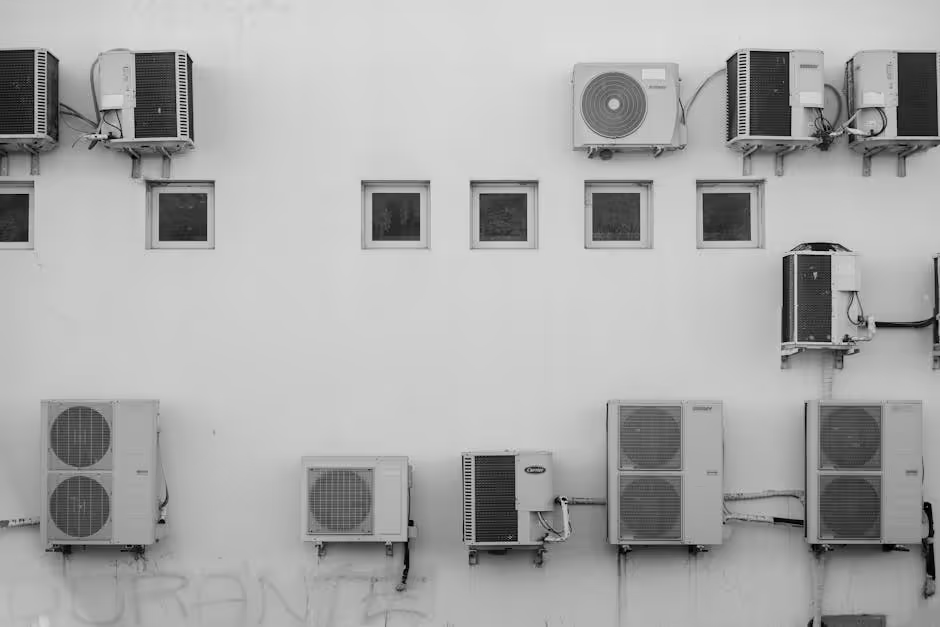


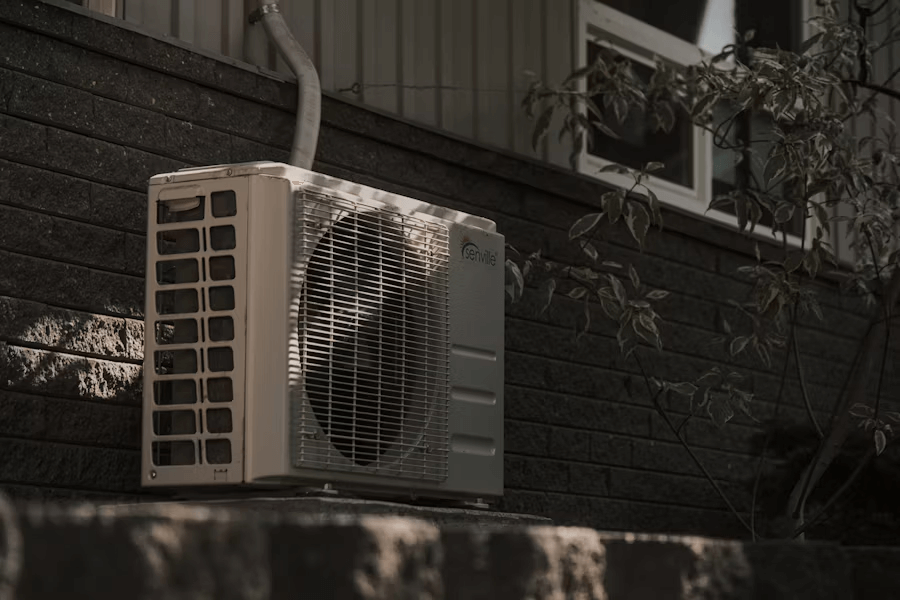

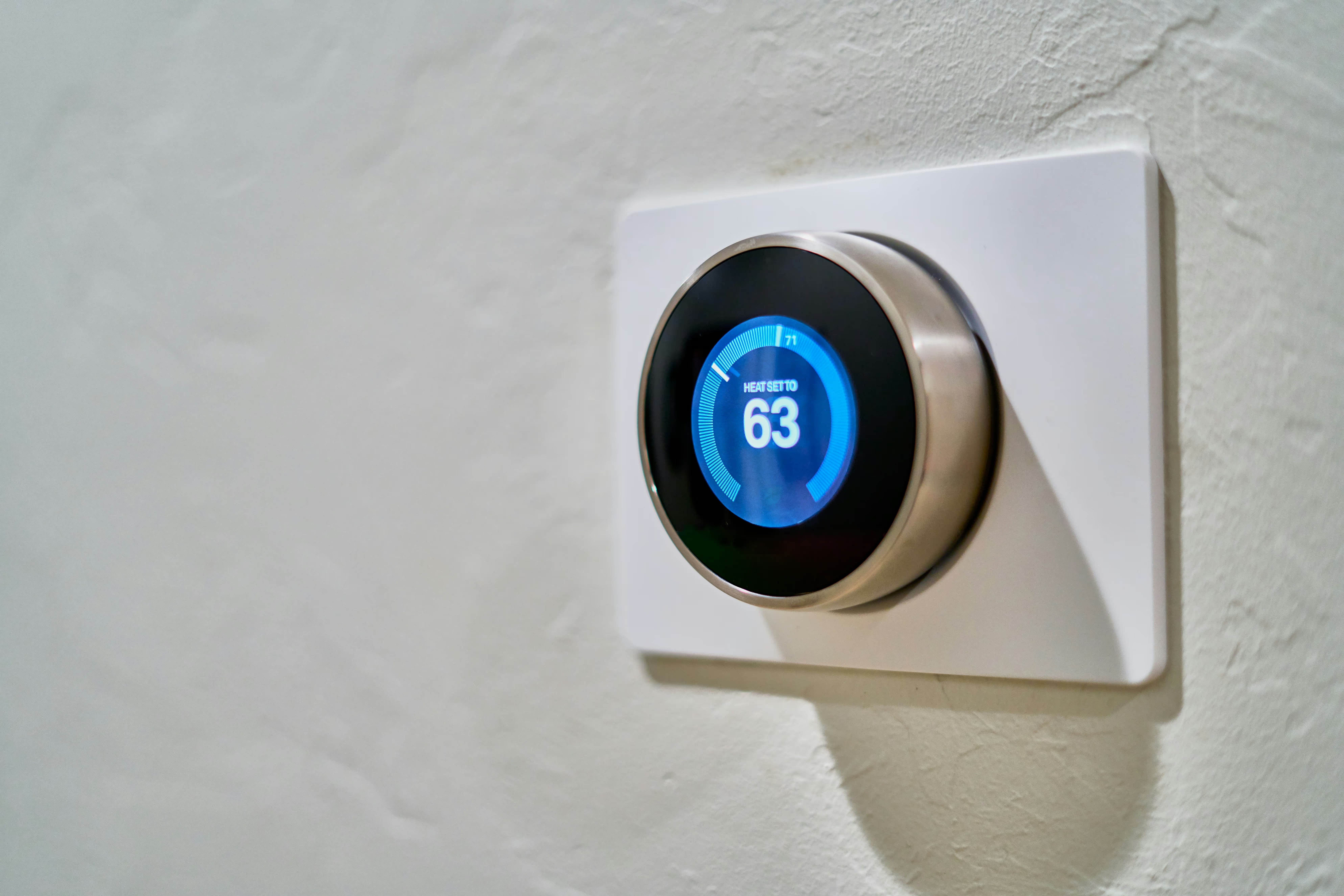
.png)
